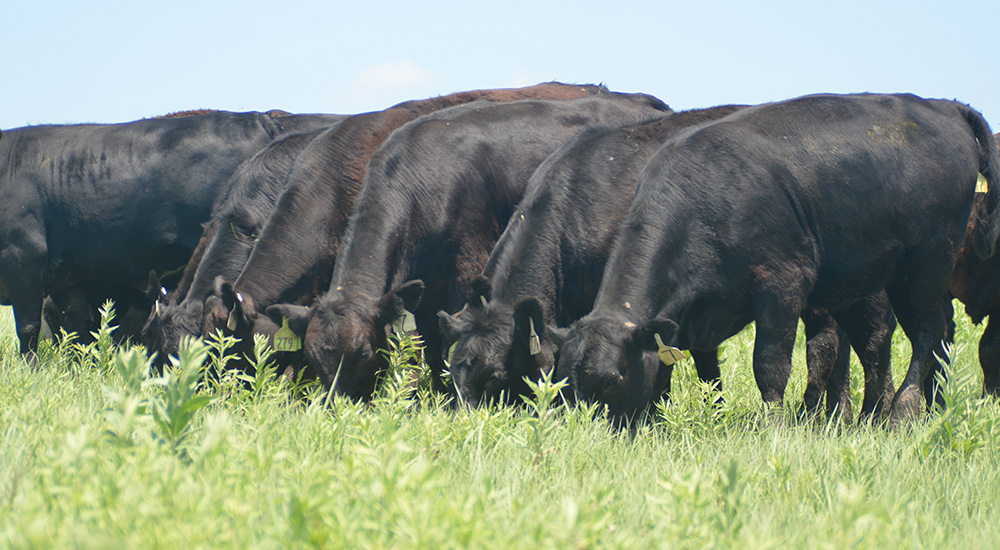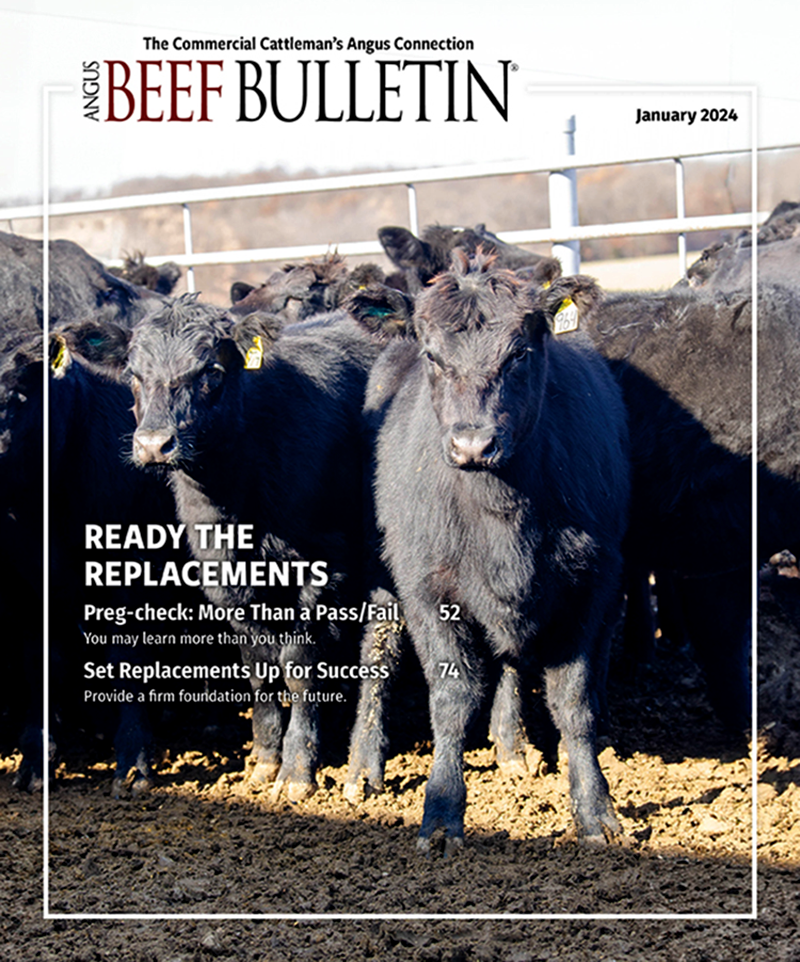
Expectations in Cattle Buying
Economist shares insight into cattle-buying behaviors.
How do similar cattle get different prices in different markets? There could be many reasons, but one of the biggest, says Kansas State University ag economist Glynn Tonsor, is buyer experience. Tonsor shares research looking into cattle-buying behavior.
Suppose in October, a producer could buy one of three lots of calves with a planned February sale.
- Lot 1 is projected to have an average daily gain (ADG) between 1.5 pounds (lb.) and 2.3 lb.
- Lot 2 is projected to have an ADG between 1.7 lb. and 2.5 lb.
- Lot 3 is projected to have an ADG between 1.9 lb. and 2.7 lb.
In the economic study, the average willingness to pay in fall 2014 was $42 per hundredweight (cwt.) more for Lot 2 than Lot 1, which meant $1.77 per lb. for each of the additional expected 24 lb. They were willing to pay $26 per cwt. more for Lot 3 than Lot 2, which meant $1.08 per lb. for each of the additional expected 24 lb.
Why are they willing to pay marginally more for the first 24 expected pounds in the middle lot? Tonsor explains that buyers value “avoiding a bad situation more than improving upon a good situation.”
In the last 10 years, the study’s buyers’ calves had an average ADG of 1.9 lb. The worst of buyers’ past calves had an average ADG of 1.2 lb., and the best was 2.5 lb. These experiences came into play in a big way.
Tonsor says if potential buyers view available cattle superior to their best personal experience, they will not pay a premium for higher-ADG cattle. Producers have to “see it to believe it” before they will pay more for high-quality cattle.
This helps explain how similar cattle have differing prices in different markets. Sellers of high-performing cattle need to find markets composed of buyers with corresponding experience, he says.
This isn’t to discourage cattlemen from producing or buying high-quality cattle. He offers that university trials or field days can help provide buyers some experience with high-quality cattle. Sellers including more information, like genetics and prior management decisions, provide value to possible buyers, and Tonsor suggests this could substitute some experience with those type of cattle.
Editor’s notes: Tonsor presented this research at the 2018 K-State Stocker Day in Manhattan, Kan., Sept. 20.



